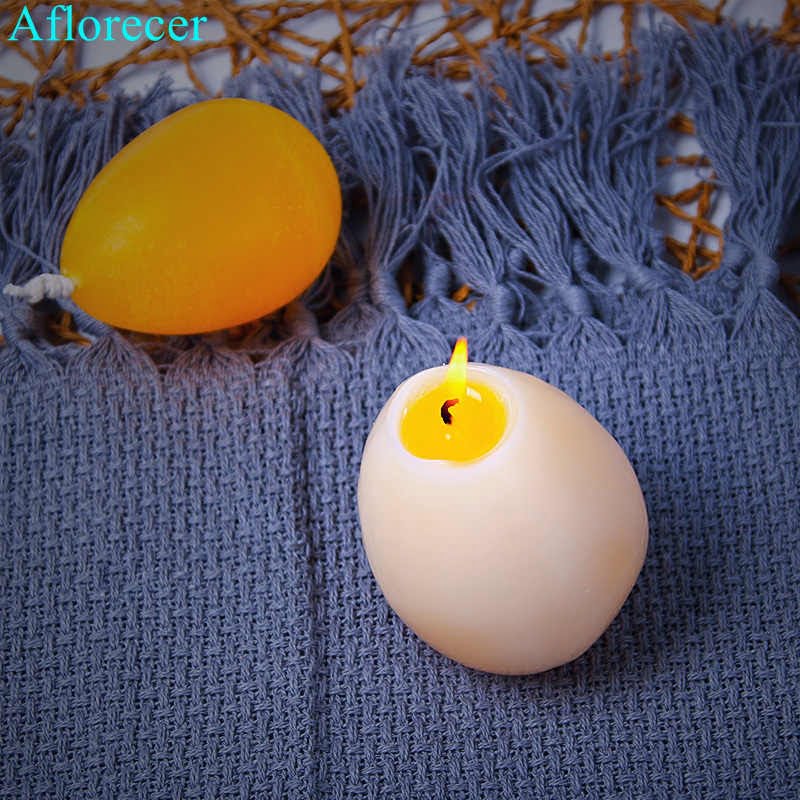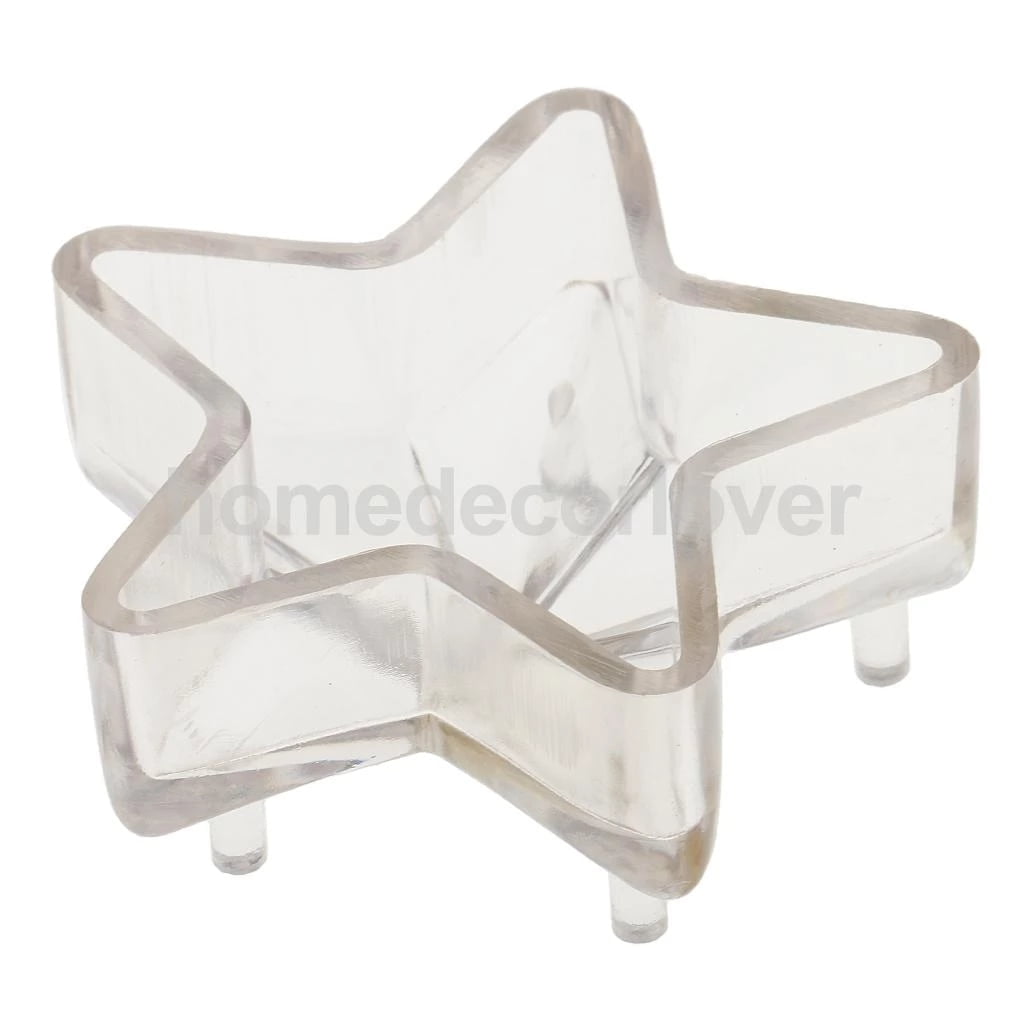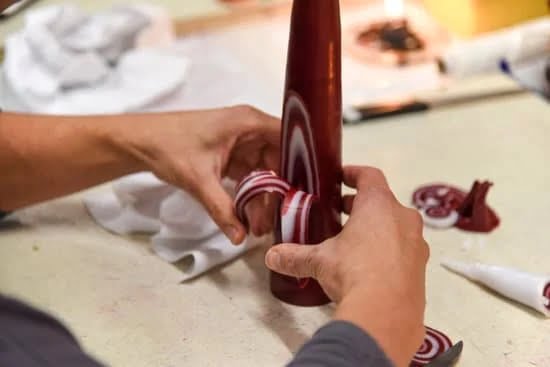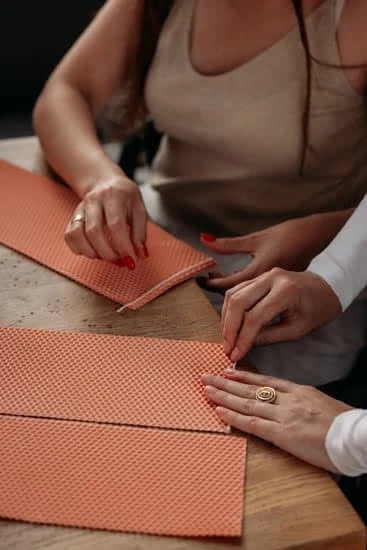Are you looking for a sustainable and eco-friendly way to create your own candles? Look no further than used cooking oil candle making. This innovative method not only allows you to repurpose kitchen waste, but also contributes to reducing environmental pollution. In this article, we will explore the environmental benefits and creative possibilities of transforming used cooking oil into beautiful, homemade candles.
Candle making with used cooking oil has a rich history and tradition that spans across cultures and generations. From ancient civilizations to modern-day DIY enthusiasts, people have been harnessing the power of this common kitchen byproduct to create light and warmth. We will delve into the historical roots of this practice and learn how it has evolved over time.
In addition, we will provide a detailed step-by-step guide on how to collect and filter used cooking oil for candle making, as well as essential safety precautions and best practices for handling this ingredient. Whether you’re new to candle making or an experienced crafter, there are different methods and techniques for transforming used cooking oil into candles that we will explore in this article.
So, join us as we embark on a journey into the world of sustainable candle making with used cooking oil.
The History and Tradition of Candle Making With Used Cooking Oil
Candle making using used cooking oil is not a new phenomenon, in fact, it has been a tradition in many cultures for centuries. Throughout history, people have found creative ways to repurpose materials and one of the ways this has been done is by using used cooking oil to make candles. This practice has been especially prevalent in regions where access to traditional candle-making materials such as wax or tallow was limited.
In some cultures, the use of used cooking oil for candle making was born out of necessity. In times when resources were scarce, households would collect and save their leftover cooking oil to be used as fuel for lighting lamps and candles. The process of transforming used cooking oil into a usable form for lighting involved simple filtration methods to remove impurities before being poured into containers with wicks.
The historical significance of candle making with used cooking oil extends beyond its practical applications. For many communities, the act of collecting and repurposing used cooking oil for candle making became a tradition that symbolized resourcefulness and sustainability. This practice is an example of how individuals and communities have historically found innovative solutions to reduce waste and utilize readily available resources for their everyday needs.
Step-by-Step Guide to Collecting and Filtering Used Cooking Oil for Candle Making
Used cooking oil candle making is not only a cost-effective and creative hobby, but also an environmentally friendly practice that helps reduce waste. In this step-by-step guide, we will outline the process of collecting and filtering used cooking oil for candle making, ensuring that you can repurpose this common household waste into beautiful and functional candles.
The first step in collecting used cooking oil for candle making is to ensure that the oil has cooled down completely after use. This is important for safety reasons, as hot oil can cause burns and other injuries.
Once the oil has cooled, it should be carefully poured into a clean, dry container with a tight-fitting lid for storage. It is important to avoid mixing different types of oils together, as this can affect the quality and appearance of your candles.
Next, it is crucial to filter the collected used cooking oil to remove any food particles or debris. This can be done using a fine mesh strainer or cheesecloth to ensure that the oil is clear and free of impurities. Filtering the oil will not only improve the quality of your candles, but also help prevent clogs and blockages in your candle-making equipment.
After filtering, the used cooking oil should be stored in a cool, dark place until you are ready to use it for candle making. It is important to note that used cooking oil does have a limited shelf life, so it is best to use it within a few months of collection to ensure that your candles turn out as desired.
| Step | Description |
|---|---|
| Cooling | Cool down used cooking oil completely after use before pouring it into a clean container. |
| Filtering | Use a fine mesh strainer or cheesecloth to remove food particles and debris from the collected used cooking oil. |
| Storage | Store the filtered used cooking oil in a cool, dark place until ready for candle making. |
Safety Precautions and Best Practices for Handling Used Cooking Oil
When it comes to handling used cooking oil for candle making, safety should always be a top priority. Not only is it important to protect yourself from potential hazards, but also to ensure that the final product is safe to use. Here are some crucial safety precautions and best practices to keep in mind:
1. Use protective gear: When collecting and filtering used cooking oil, it’s essential to wear gloves to protect your hands from potential burns or skin irritation. Additionally, wearing an apron or old clothing can safeguard your clothes from oil stains.
2. Proper storage: Store the used cooking oil in a tightly sealed container to prevent spills and contamination. Keep it away from heat sources and direct sunlight to maintain its quality.
3. Filter carefully: Before using the used cooking oil for candle making, make sure to filter it thoroughly using a fine mesh strainer or cheesecloth. This will help remove any food particles or impurities that could affect the quality of the candles.
4. Avoid mixing with other substances: It’s important not to mix used cooking oil with other chemicals or substances as this can create hazardous reactions. Stick to using only the filtered used cooking oil for candle making.
5. Dispose of properly: Once you have extracted the necessary amount of used cooking oil for your candle making project, dispose of the remaining oil responsibly by taking it to a recycling center or facility that accepts used cooking oil.
By following these safety precautions and best practices, you can ensure a safe and enjoyable experience when working with used cooking oil for candle making projects.
Exploring Different Methods and Techniques for Transforming Used Cooking Oil Into Candles
Transforming used cooking oil into candles can be a rewarding and environmentally friendly activity. There are several methods and techniques that can be used to achieve this transformation, each with its own unique process and outcome. Here are some different methods and techniques for turning used cooking oil into candles:
1. Traditional Candle Making Process: One method involves using the traditional candle making process, which includes melting the used cooking oil and adding a wick to create a standard pillar or container candle. This involves filtering the oil to remove any impurities and then adding fragrance or color if desired.
2. Beeswax Blend: Another technique is to blend the used cooking oil with beeswax to create a more sustainable and longer-lasting candle. This method involves melting the beeswax and combining it with the filtered cooking oil before pouring it into containers or molds.
3. Floating Candles: For a creative twist, try using small, heat-resistant containers or citrus rinds as molds to create floating candles from used cooking oil. This technique allows for unique and decorative candle designs that can be placed in water as centerpieces or outdoor decorations.
4. Emergency Candle Making: In emergency situations where access to traditional candle-making supplies is limited, used cooking oil can be combined with other household items such as string, paper towels, or aluminum foil to create makeshift candles for light and warmth.
Exploring these different methods and techniques for transforming used cooking oil into candles provides an opportunity for experimentation and creativity in sustainable crafting practices. With careful consideration of safety precautions and best practices, individuals can enjoy the process of repurposing used cooking oil while reducing waste and promoting eco-friendly alternatives to traditional candle making materials.
Creative Ideas for DIY Candle Making With Used Cooking Oil
One creative idea for DIY candle making with used cooking oil is to add natural scents and colors to the candles. This can be done by incorporating essential oils such as lavender, vanilla, or citrus, which not only provide a pleasant aroma but also have their own therapeutic benefits. Additionally, using natural coloring agents like turmeric for a golden hue or beetroot for a deep red can add a unique touch to the candles.
Another creative approach is to experiment with different molds and shapes for the candles. Instead of traditional cylindrical pillars or classic votives, consider using silicone molds in various shapes such as hearts, stars, or even novelty designs like shells or animals. This can make for visually appealing and quirky candle creations that can serve as decorative pieces in addition to providing illumination.
Furthermore, combining used cooking oil with other sustainable materials can result in innovative candle designs. For example, adding dried flowers, herbs, or spices into the melted oil before pouring it into the mold can create eye-catching botanical-themed candles. Incorporating eco-friendly additives like soy wax or beeswax can also enhance the texture and burning qualities of the candles.
In essence, DIY candle making with used cooking oil offers endless opportunities for personalization and creativity. By experimenting with scents, colors, shapes, and additional natural elements, individuals can craft one-of-a-kind candles while minimizing waste and contributing to environmental sustainability through repurposing used cooking oil.
If you are looking at crafting your own used cooking oil candles using some creative ideas such as these click here.
Tips for Choosing the Right Wicks and Containers for Used Cooking Oil Candle Making
Choosing the right wicks and containers for used cooking oil candle making is crucial to ensure a successful and safe DIY project. When it comes to wicks, it’s important to consider their size, material, and compatibility with the type of oil being used. For containers, factors such as heat resistance, durability, and aesthetic appeal should be taken into account.
When selecting wicks for your used cooking oil candles, it’s advisable to opt for cotton wicks as they are known for their clean burn and minimal soot production. The size of the wick also matters; too small of a wick may cause tunneling (uneven melting) while too large of a wick can lead to excessive smoking.
Additionally, consider choosing wicks that are specifically designed for use with vegetable-based oils, as they may differ from those recommended for traditional wax candles.
In terms of containers, you’ll want something heat-resistant and non-flammable. Glass jars or metal tins are popular choices for used cooking oil candles as they can withstand the heat generated while burning. Make sure the container has a wide enough opening to allow for easy pouring of the melted oil and trimming of the wick. Furthermore, consider the aesthetic appeal of the container – this is an opportunity to get creative and personalize your candles.
By carefully selecting the right wicks and containers for your used cooking oil candles, you can ensure a safe and enjoyable candle making experience while also contributing to sustainable practices by upcycling waste materials. Making environmentally-friendly choices in your DIY projects not only benefits the planet but also allows you to express your creativity in unique ways.
The Sustainable and Eco-Friendly Nature of Using Used Cooking Oil for Candle Making
Candle making using used cooking oil is not only a creative and sustainable practice, but it also offers a wide range of environmental benefits. By repurposing used cooking oil into candles, individuals can contribute to reducing waste in landfills and minimizing the negative impact on the environment. This section will explore the sustainable and eco-friendly nature of using used cooking oil for candle making.
Reduction of Waste
One of the most significant environmental benefits of using used cooking oil for candle making is the reduction of waste. Instead of disposing of used cooking oil down the drain or throwing it away, individuals can repurpose it into a useful product like candles. This helps to minimize the amount of waste that ends up in landfills or oceans, promoting a more sustainable approach to waste management.
Lowering Carbon Footprint
Additionally, by utilizing used cooking oil for candle making, individuals can lower their carbon footprint. Traditional candle wax is often derived from petroleum-based products, which contribute to greenhouse gas emissions and fossil fuel consumption. By opting for used cooking oil as a sustainable alternative, individuals can reduce their reliance on non-renewable resources and decrease their overall environmental impact.
Promoting Renewable Resources
Using used cooking oil for candle making promotes the use of renewable resources. Instead of relying solely on non-renewable sources like petroleum, repurposing used cooking oil taps into a resource that would otherwise go to waste. This encourages sustainability and conservation of natural resources, aligning with eco-friendly practices and principles.
Conclusion and Encouragement to Start Your Own Used Cooking Oil Candle Making Project
In conclusion, the use of used cooking oil for candle making offers numerous environmental benefits. Not only does it provide an eco-friendly solution for disposing of used oil, but it also reduces the demand for new resources like paraffin wax or soy wax. By repurposing something that would otherwise be discarded, candle makers can contribute to a more sustainable and environmentally friendly industry.
Furthermore, the tradition and history of using used cooking oil for candle making dates back centuries and is part of many cultures around the world. This practice connects modern candle makers to a long-lasting tradition that values resourcefulness and sustainability. It is a great way to tap into traditional techniques while also addressing current environmental challenges.
With a step-by-step guide readily available, along with safety precautions and creative ideas for DIY candle making with used cooking oil, there is no reason not to start your own project. Additionally, exploring different methods and techniques can lead to unique and personalized candles that reflect individual creativity and innovation. Whether it’s choosing the right wicks or containers or incorporating unique scents or colors, the possibilities for used cooking oil candle making are virtually endless.
So why wait? Start your own project today and join the movement towards sustainable and eco-friendly candle making.
Frequently Asked Questions
Can I Make Candles With Used Cooking Oil?
Yes, you can make candles with used cooking oil. By adding a wick to the oil and allowing it to solidify, you can create a candle that burns similarly to a traditional wax candle.
How Do You Make Vegetable Oil Into Wax?
To make vegetable oil into wax, you can go through a process called hydrogenation. This involves treating the oil with hydrogen gas at high pressure and temperature to turn it into a solid wax-like substance.
Can You Make a Candle Out of Canola Oil?
Yes, you can make a candle out of canola oil. Canola oil has a high smoke point and produces less soot, making it suitable for candle-making. By adding a wick and allowing the oil to solidify, you can create your own canola oil candle.

Welcome to my candle making blog! In this blog, I will be sharing my tips and tricks for making candles. I will also be sharing some of my favorite recipes.





